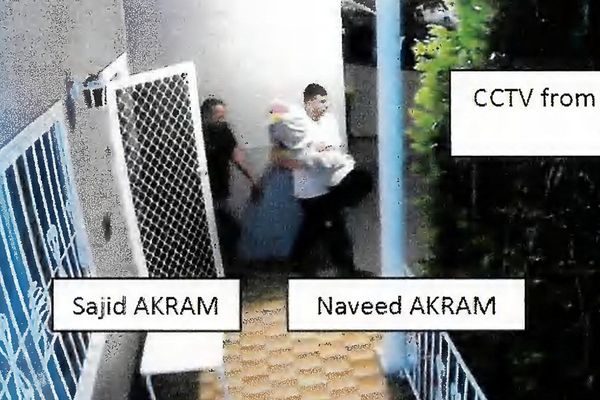
Breakfast in Berlin, lunch in Copenhagen, with a fast and easy train journey to pass the morning? Or a midday meal in Sofia, then taking the high-speed line to arrive in Athens just in time for an evening aperitif? Both could be possible if a vision for European high-speed rail travel ever becomes a reality.
A faster, “truly European” high-speed rail network could be possible by 2040, the EU executive said on Wednesday, as it revealed plans to dramatically cut journey times between major cities.
The European Commission sketched out a world where trains could reach speeds well above 250km/h (155mph), when feasible, to ensure faster connections across the continent.
If the plan is realised, rail passengers could travel betweenthe German and Danish capitals in four hours by 2030, instead of seven hours today, while Sofia and Athens would be just six hours apart by 2035, instead of nearly 14.
New cross-border links would dramatically speed up travel between Tallinn and Riga to 1hr 45min compared with 6hr 10min now. On the other side of the continent, a journey between Lisbon and Madrid would be cut to three hours, down from nine.
The EU transport commissioner, Apostolos Tzitzikostas, a self-declared “train guy”, said the plans set out how to create “a faster, truly European high-speed rail [network] by 2040”. The commission has predicted this would make rail travel a more appealing alternative to short-haul and possibly longer flights on many routes.
Despite repeated calls to boost rail travel, fast cross-border train journeys remain rare. Operators focused on national priorities, inadequate infrastructure, incompatible systems, clashing regulations and fiendishly complicated ticketing means that high-speed rail has not taken off as quickly, nor spread as widely, as advocates hoped.
The 12,128km of Europe’s existing high-speed rail network, the commission said, was largely concentrated in four western EU member states – France, Germany, Italy and Spain – while central and eastern Europe remained “poorly connected”.
External experts cited by the commission estimate that €546bn (£481bn) is needed to triple the size of the high-speed network, allowing trains to run at speeds in excess of 250km/h. As part of a lengthy list of actions, the EU executive has promised a financing strategy and will seek to use EU funds to incentivise national governments and private investment, in particular to pay for infrastructure and rolling stock.
Other elements of the plan include improved pan-European signalling and ticketing systems.
Tzitzikostas said all passengers should one day be able to book a cross-border rail ticket, and eventually a combined rail-air ticket through one website. He promised legislative proposals in early 2026 to ensure passengers could buy cross-border tickets, as well as an extension of passenger rights to support this way of travel. Currently passengers have to contact separate national rail operators involved in a cross-border journey to seek help or refunds if their train is late.
The European Consumer Organisation (BEUC) hailed the plans as a step forward for sustainable travel. “For too long, consumers have faced complex booking and ticketing, limited passenger rights, poor connections and underwhelming service quality when travelling across Europe by train,” said BEUC’s head of transport, Robin Loos. “The plan should provide much-needed investment and technical harmonisation and aims to iron out the longstanding issue of ticketing,” Loos said.
The European industry body, the Community of Railway and Infrastructure Companies (CER), also welcomed the plans. It said the goal of standard speeds of 250km/h or well above for new high-speed lines, would set “a benchmark that ensures rail can effectively compete with short-haul travel and attract a meaningful shift to rail”.
Jon Worth, an independent rail expert and campaigner, cast doubt on whether the faster journeys trailed by the commission would happen, highlighting lack of detail on funding and relatively few existing projects. “Can I name you some track that will be built or some train that will be bought as a result of today’s document that wouldn’t have happened otherwise? No, I can’t, because ultimately it’s not really a plan. It’s more like a kind of aspirational hopeful, ‘this is what we like to see.’”
The EU, he said, had a patchy record in lower-speed rail projects with its trans-European networks, transport corridors that have been “extremely slow” to be implemented. “Why should it be any different this time, just because we’re setting a deadline 10 years further into the future and talking about high-speed rail rather than talking about conventional rail?” he asked.







